Piercing the Veil of Electricity Costs
In today’s rapidly evolving energy landscape, understanding the cost of generating electricity is crucial for shaping sustainable and affordable energy solutions. One key metric used to evaluate the competitiveness of different energy sources is the Levelized Cost of Electricity (LCOE). This metric allows us to compare the long-term costs of various electricity generation technologies. In recent years, the LCOE of solar energy has steadily decreased, contributing to its growing prominence in the global energy mix. In this blog, we will explore the concept of LCOE and delve into the remarkable advancements and cost reductions in solar energy.
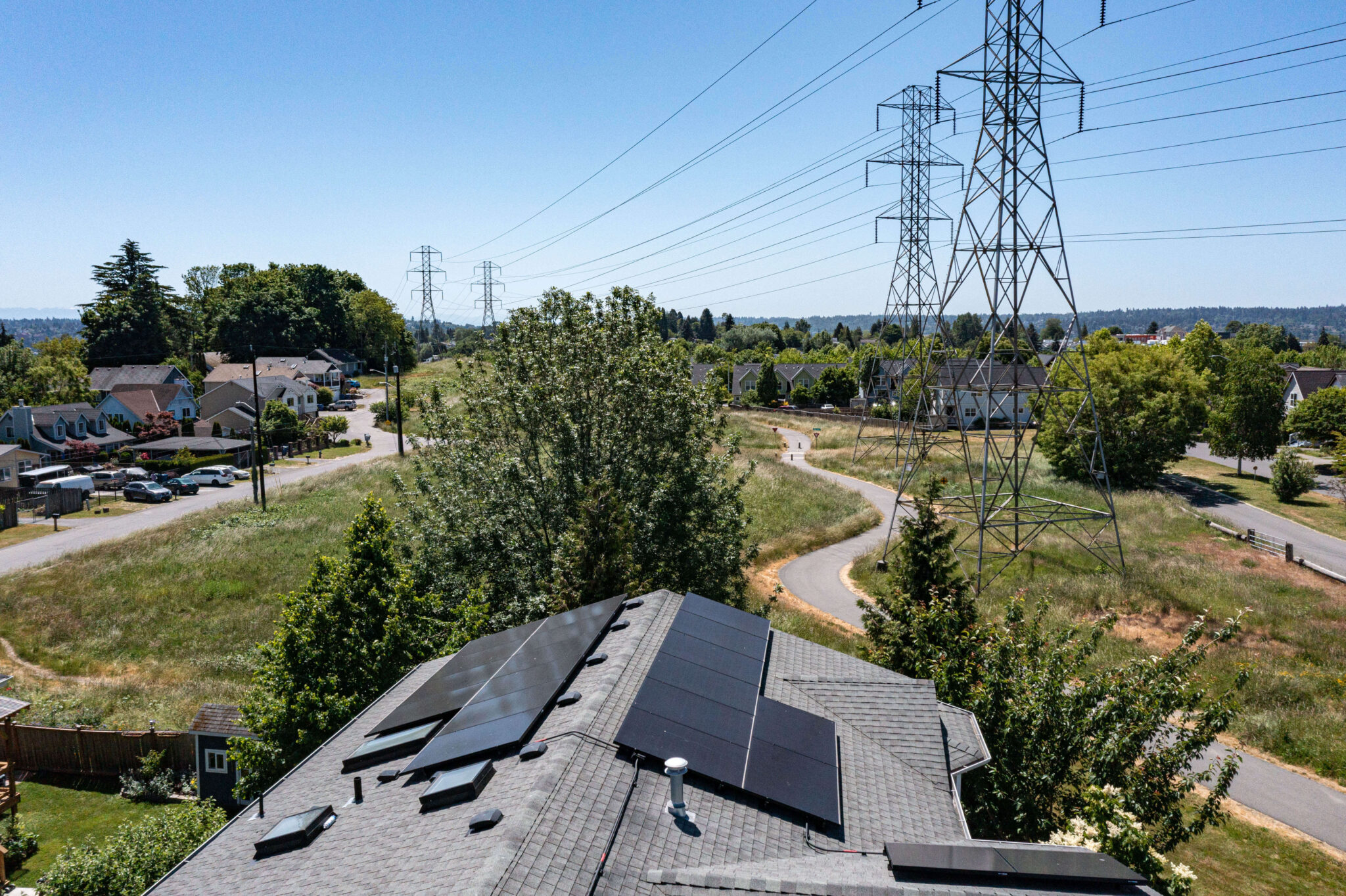
What is the Levelized Cost of Electricity (LCOE)?
The Levelized Cost of Electricity (LCOE) is a financial metric that estimates the average electricity generation cost over a power plant’s lifespan. It considers all the costs involved, including the initial investment, operational and maintenance expenses, fuel costs (if applicable), and the expected lifetime electricity production. The LCOE enables meaningful comparisons among electricity generation technologies by providing a standardized metric.
Factors Affecting LCOE:
Capital Costs
The upfront investment required to build the power plant, including equipment, land, and infrastructure.
Operation and Maintenance (O&M) Costs
The ongoing costs of running and maintaining the power plant, such as labor, repairs, and monitoring.
Fuel Costs
Fuel cost is a significant factor for technologies like fossil fuel power plants. Renewable energy sources like solar and wind have minimal or zero fuel costs.
Capacity Factor
The capacity factor represents the electricity production as a percentage of the plant’s maximum potential output. Higher capacity factors result in more electricity generated over time, thus reducing the LCOE.
Project Lifetime
The expected operational lifetime of the power plant affects the spreading of costs over the duration. Longer lifetimes generally reduce the LCOE.
The Declining LCOE of Solar Energy
Solar energy has witnessed remarkable advancements over the past decade, with significant reductions in capital costs and LCOE. Several factors have contributed to this decline:
1. Technological Advancements
Rapid progress in solar photovoltaic (PV) technology has increased efficiency and reduced manufacturing costs. Improved cell designs, material innovations, and production scale have all contributed to lower capital costs.

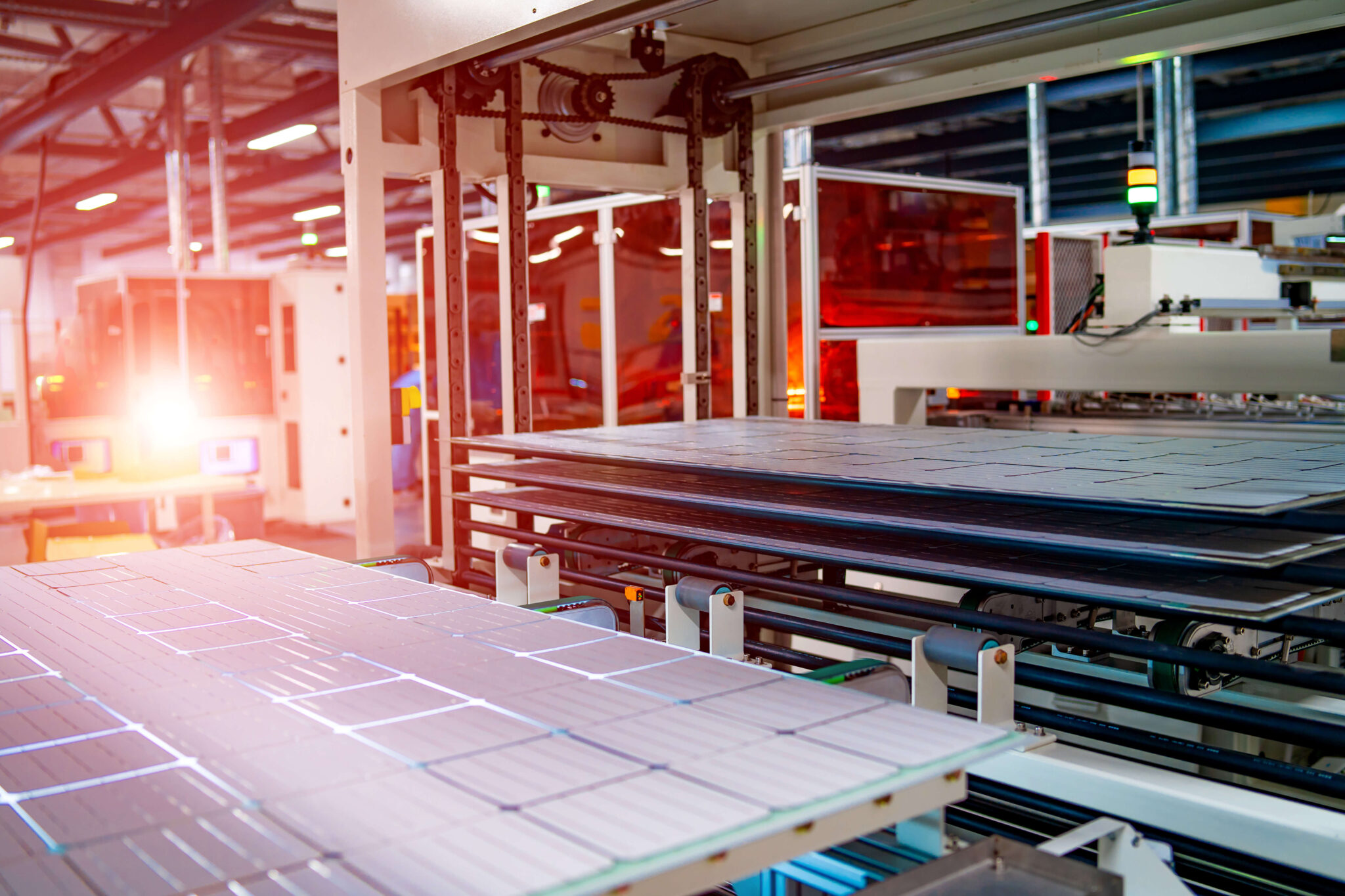
2. Economies of Scale
Solar installations have increased worldwide, so the industry has benefited from economies of scale. Larger manufacturing capacities, streamlined supply chains, and increased competition have led to cost reductions across the solar value chain.
3. Policy Support
Government policies and incentives, such as feed-in tariffs, tax credits, and renewable energy targets, have played a crucial role in driving solar deployment and reducing the LCOE. These measures have encouraged investments and created market certainty, further driving down costs.
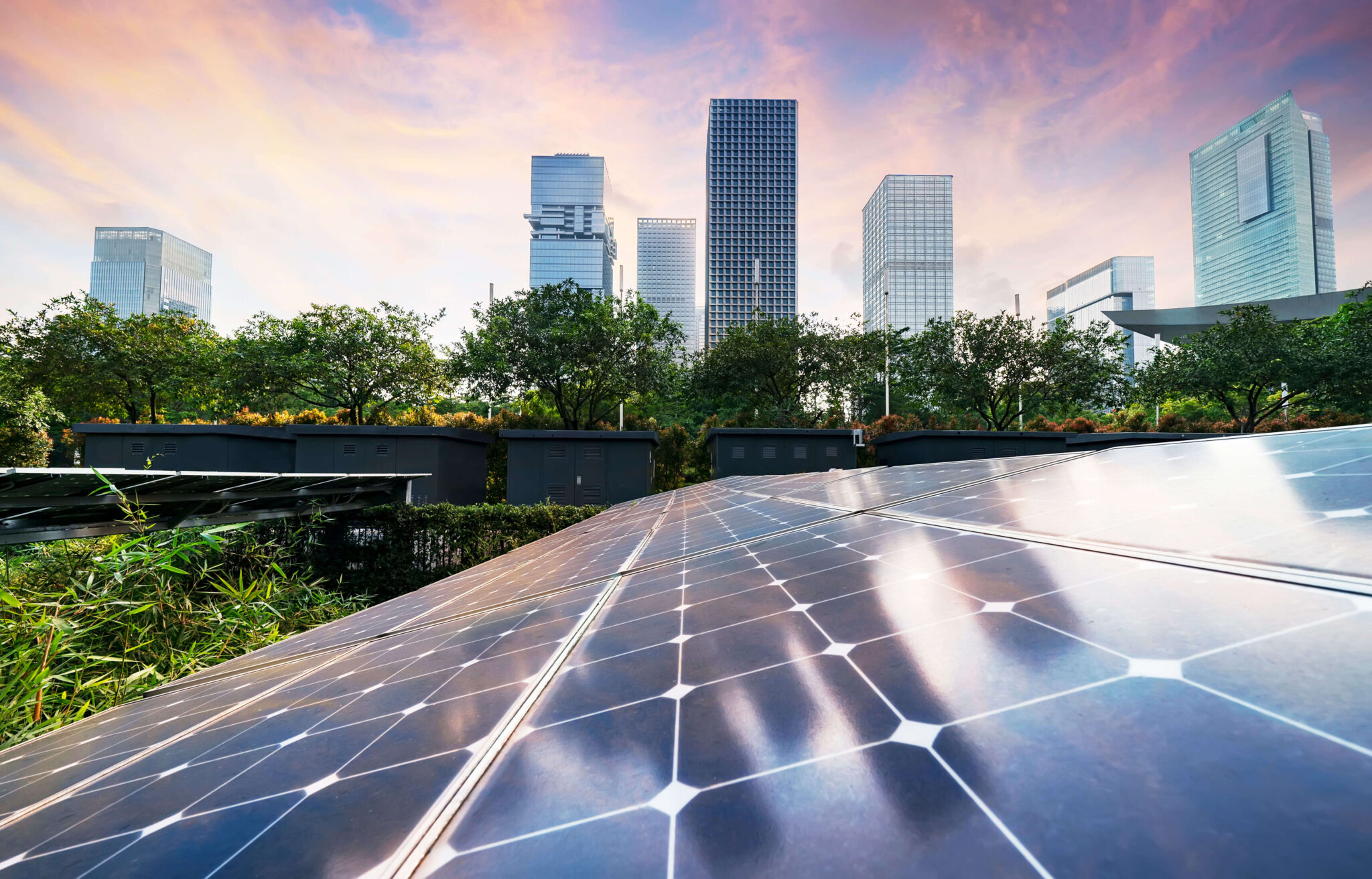
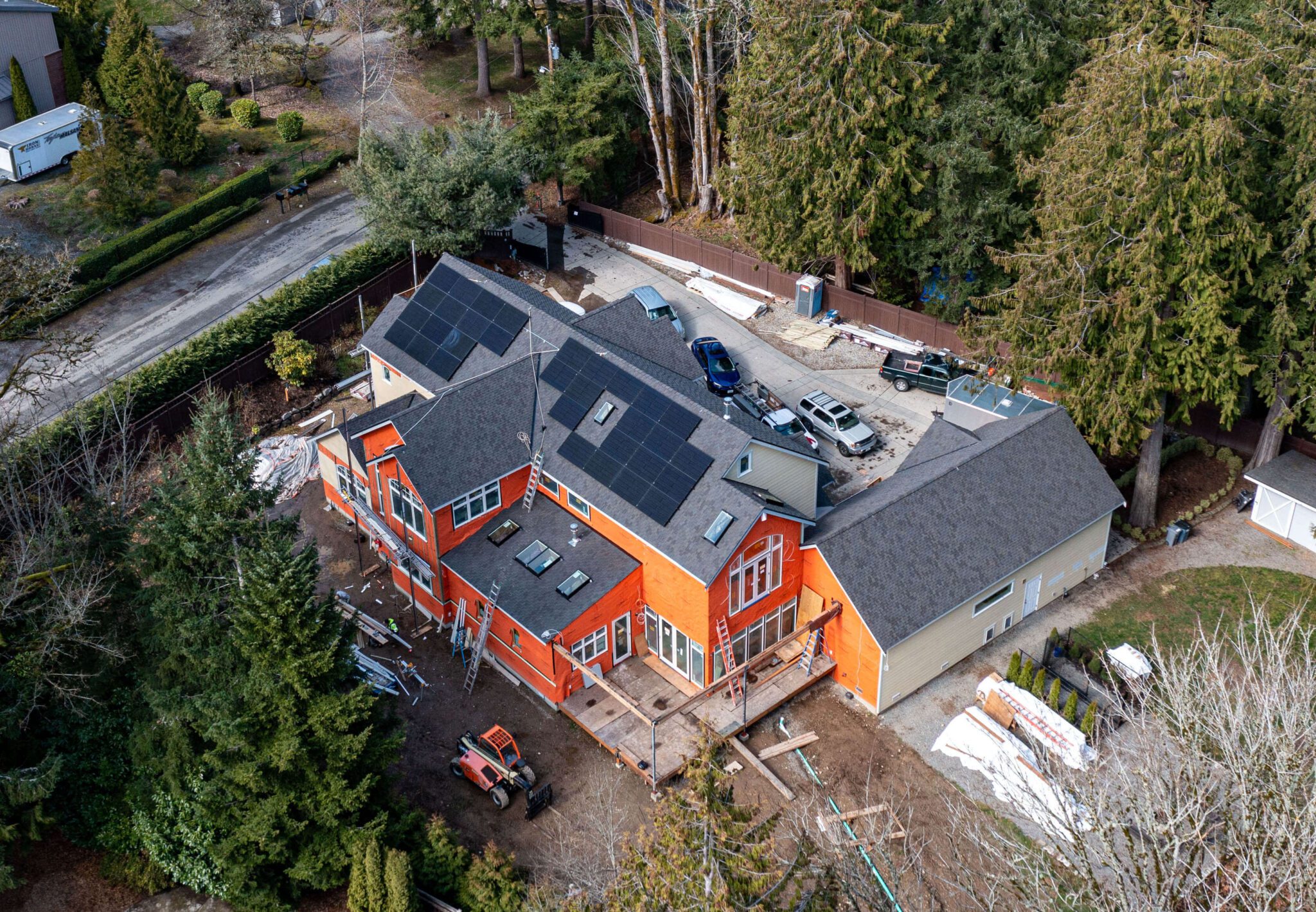
Financing Options
The availability of innovative financing models, including power purchase agreements (PPAs) and leasing arrangements, has made solar energy more accessible and attractive to consumers. These financing options have helped overcome the high initial capital costs, making solar installations financially viable.
The LCOE of Solar vs. Fossil Fuels
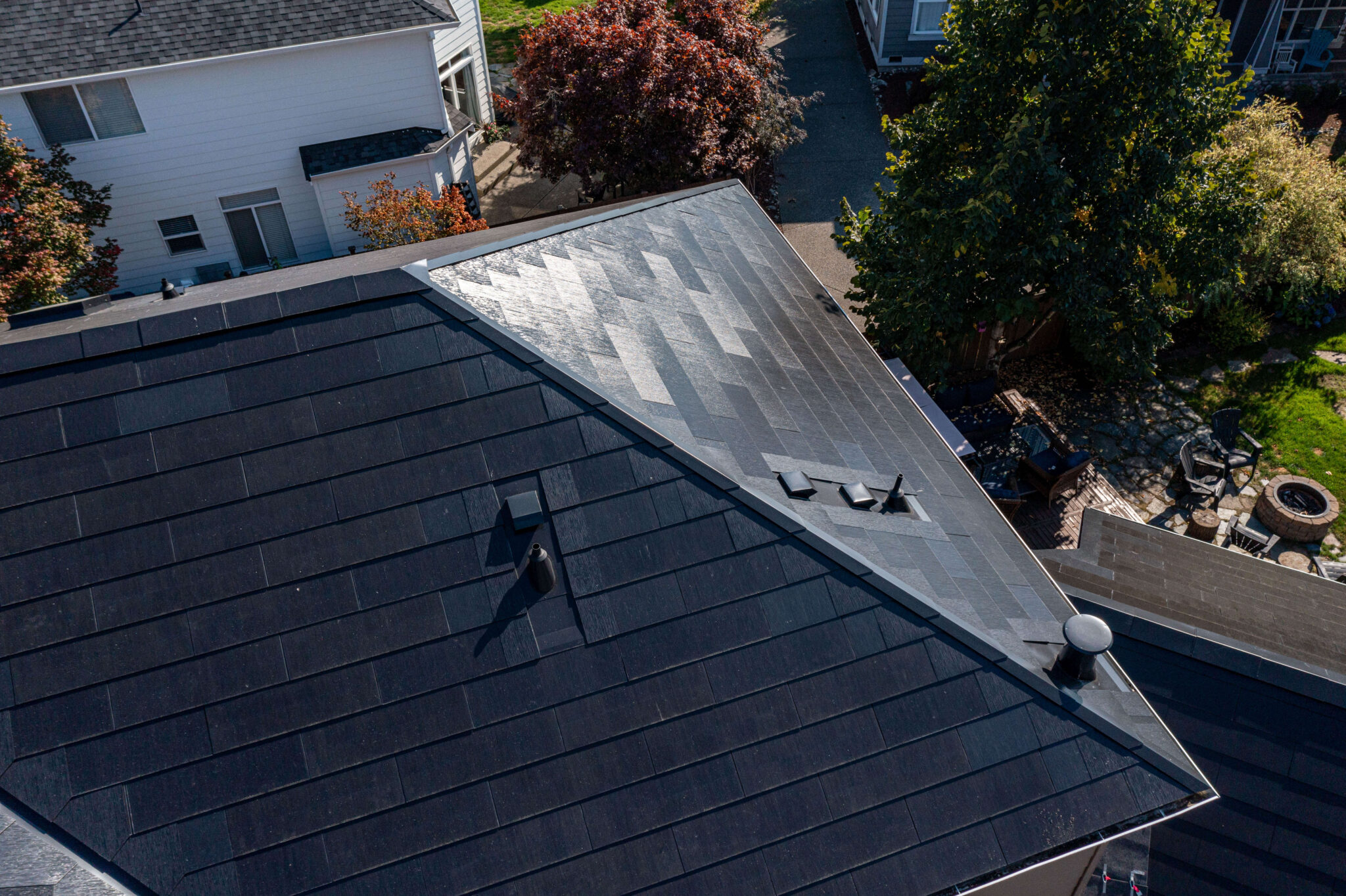
Solar LCOE
The LCOE of solar power varies depending on several factors, including location, project scale, solar resource availability, and local market conditions. On average, utility-scale solar photovoltaic (PV) projects have shown a range of LCOE between $20 and $60 per megawatt-hour (MWh). However, it’s important to note that these figures are approximate and can vary significantly depending on the specific circumstances of each project.
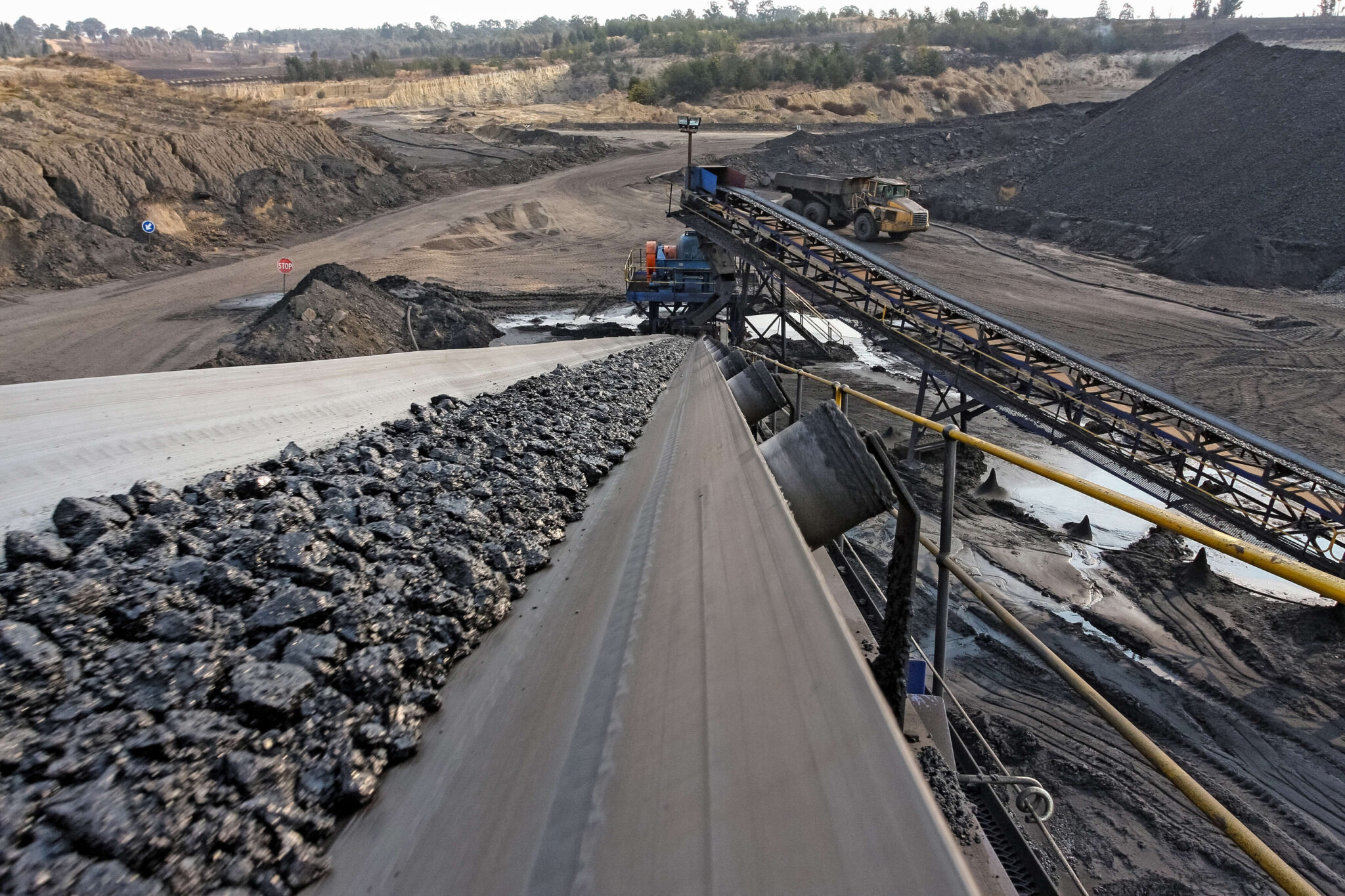
Coal LCOE
The LCOE of coal-fired power plants typically ranges from $60 to $150 per megawatt-hour (MWh). However, it’s important to note that the cost of coal-fired power generation can vary widely depending on the specific circumstances, such as coal quality, plant efficiency, and emission control requirements.
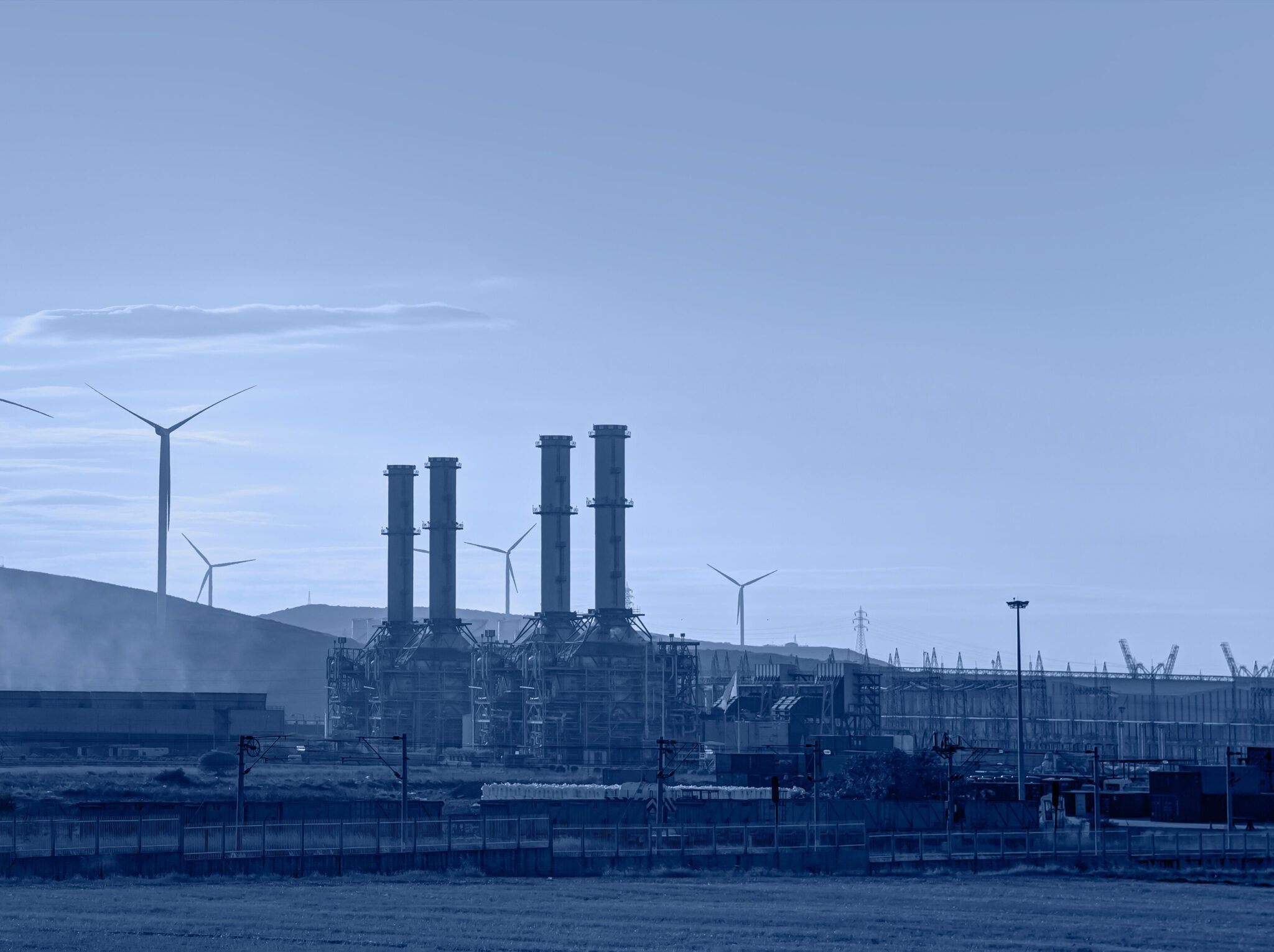
Natural Gas LCOE
In comparison, the LCOE of natural gas power plants is relatively lower than coal. Natural gas combined cycle power plants, which are more efficient, have shown LCOE ranges from approximately $40 to $80 per MWh. The relatively lower emissions of natural gas compared to coal have contributed to its competitive LCOE.
Benefits of Lower Solar LCOE
The declining LCOE of solar energy offers several significant advantages:
Cost-Competitiveness
Solar energy has become increasingly cost-competitive with traditional fossil fuel-based generation technologies. In many regions, solar power is already the cheapest source of electricity, especially in areas with high solar irradiation and supportive policies.
Energy Independence
Solar power enables individuals, communities, and countries to reduce dependence on imported fossil fuels. Solar installations can contribute to a more resilient and decentralized energy system by harnessing the sun’s energy.
Environmental Sustainability
Solar energy is a clean and renewable source, producing zero greenhouse gas emissions during operation. The widespread adoption of solar power helps mitigate climate change and reduce air pollution associated with traditional energy sources.
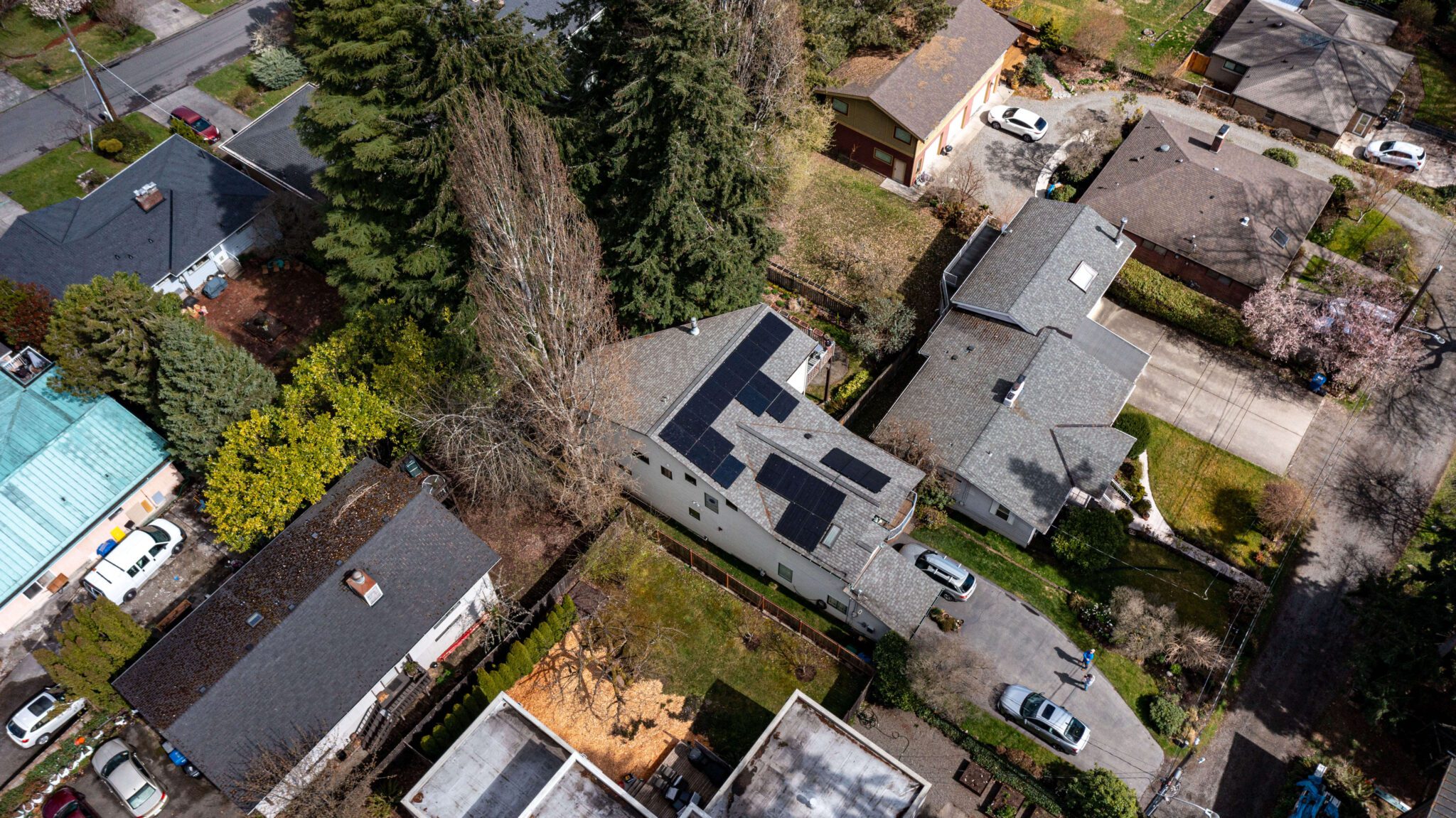
Take Advantage of the LCOE of Solar!
The Levelized Cost of Electricity (LCOE) provides a valuable framework for comparing the costs of different electricity generation technologies. The declining LCOE of solar energy has been instrumental in its growing prominence, making it one of the most affordable and sustainable sources of electricity. Technological advancements, economies of scale, policy support, and innovative financing options have all contributed to the significant cost reductions in solar power. As we transition towards a clean energy future, the declining LCOE of solar energy presents a compelling case for its continued adoption and integration into our global energy mix.


